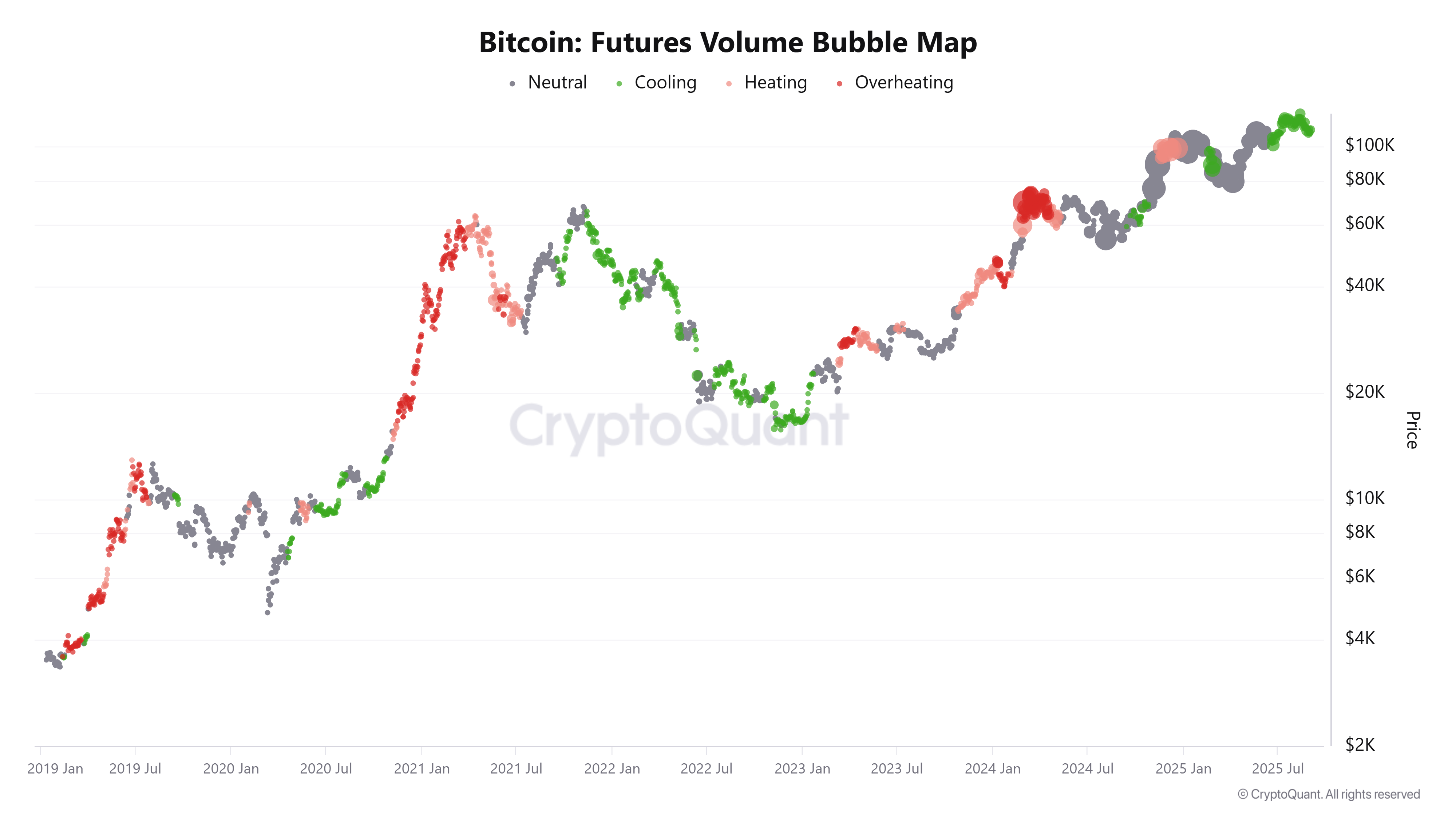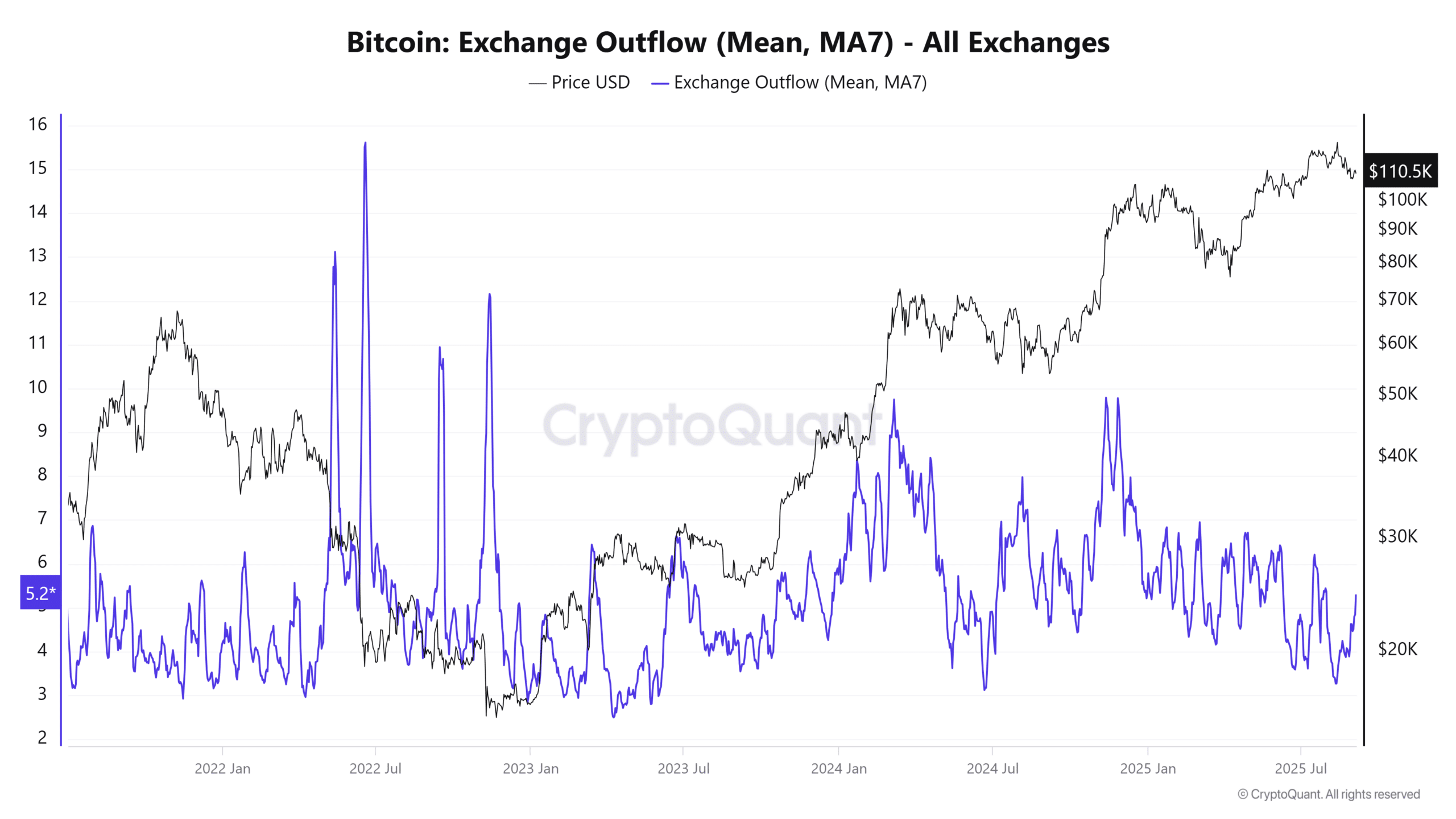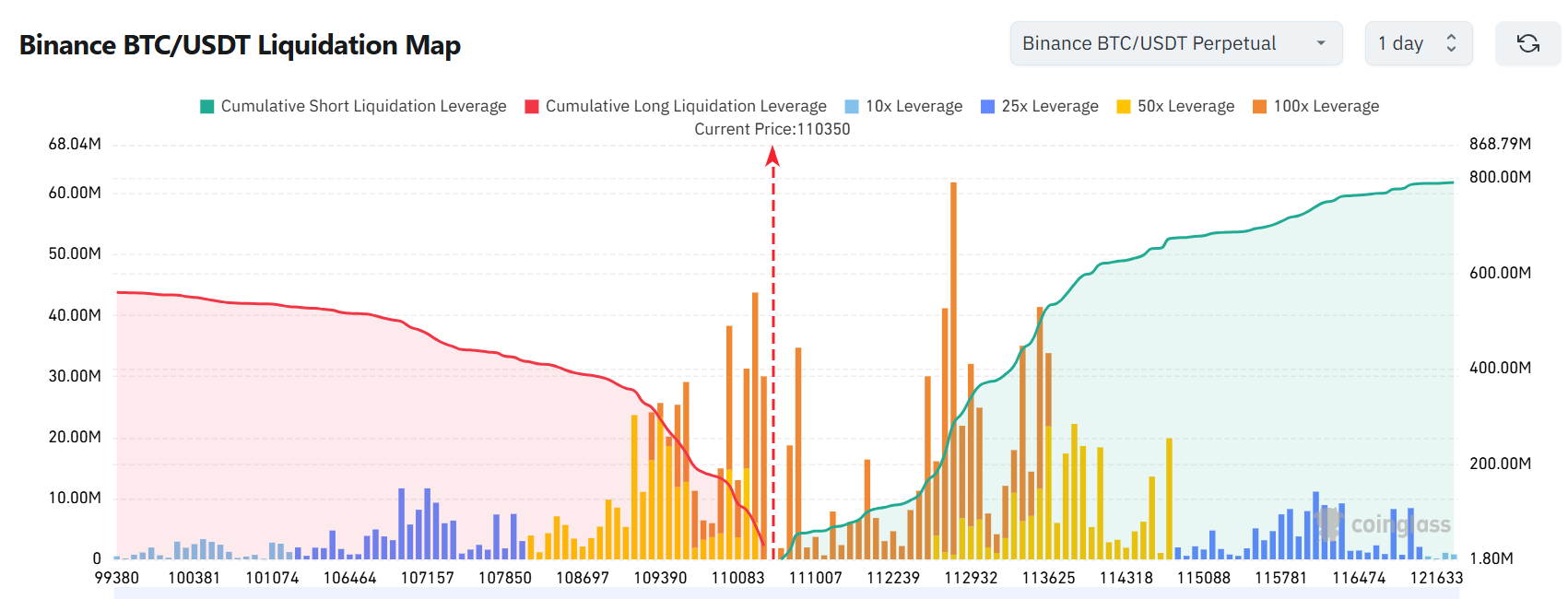Bitcoin’s liquidity balance on Binance is nearing a 1:1 BTC-to-stablecoin ratio, signaling constrained exchange supply and rising accumulation. This setup, paired with 143% surge in outflows and cooling futures volume, increases the probability of either a strong rally or elevated short-term volatility.
-
Binance BTC/stablecoin ratio near 1:1 — rare outside bear markets.
-
Exchange outflows up 143% while inflows fell ~16%, showing accumulation.
-
Futures volume is cooling; liquidation clusters around $110K raise near-term risk.
Meta description: Bitcoin liquidity balance nears 1:1 on Binance, signaling accumulation and elevated volatility. Read concise analysis and market takeaways now.
What is Bitcoin’s liquidity balance on Binance and why does it matter?
Bitcoin liquidity balance refers to Binance’s ratio of BTC reserves to ERC-20 stablecoin reserves. A near 1:1 ratio signals constrained BTC liquidity on exchange order books and can precede strong price moves as accumulation removes sell-side pressure.
How have exchange flows changed recently?
Exchange flows show investors withdrawing BTC: outflows surged ~143% while inflows dropped ~16%. These shifts indicate stronger accumulation and reduced selling pressure on exchanges. Historic precedents show that sustained outflows often support higher price floors.
Why is the near 1:1 BTC/stablecoin ratio significant?
When BTC reserves on an exchange roughly equal stablecoin reserves, it indicates that buying power (stablecoins) and BTC available to sell are balanced. Historically, such tight liquidity can precede rapid moves because small order imbalances have outsized price impact.
What do futures and liquidation maps show?
Futures volume has cooled, with recent bubble-map sizes smaller than earlier spikes. Cooling suggests leveraged traders are reducing positions, lowering short-term speculative pressure.
Liquidation maps show concentrated clusters around $110K. With Bitcoin near $110,465 at press time, small moves could trigger cascading liquidations and raise volatility.


Source: CryptoQuant
How does accumulation affect price structure?
Large outflows reduce circulating exchange supply, which can lift price support if demand holds. The current ~143% outflow spike versus a ~16% inflow decline points to stronger accumulation and lower immediate sell pressure.


Source: CryptoQuant
Are we likely to see another round of volatility?
Concentrated liquidation clusters near $110K raise near-term downside and upside risk. Upside squeezes could force short liquidations; downside moves could hit over-leveraged longs. The balance of positions makes small moves highly amplifying.


Source: CoinGlass
Frequently Asked Questions
What does a 1:1 BTC-to-stablecoin ratio mean for traders?
A 1:1 ratio signals tight BTC liquidity versus buying power. Traders should expect larger price moves from smaller order flows and prepare for amplified volatility while monitoring exchange flows for confirmation.
How should investors interpret high exchange outflows?
High outflows typically indicate accumulation and reduced immediate selling pressure. Investors interpret this as stronger support formation, but must watch velocity—rapid outflows followed by selling can still trigger volatility.
Key Takeaways
- Liquidity squeeze: Binance BTC/stablecoin ratio near 1:1 indicates tight exchange supply.
- Accumulation signal: Outflows +143% vs inflows -16% highlight strong accumulation behavior.
- Volatility risk: Liquidation clusters at ~$110K mean small moves could cause amplified reactions.
Conclusion
Bitcoin’s liquidity balance on Binance — approaching a 1:1 BTC-to-stablecoin ratio — combined with strong outflows and cooling futures volume, points to a market in transition. Watch exchange flows and liquidation clusters closely; they will determine whether this setup becomes the base for a sustained rally or a catalyst for near-term volatility. For continuing coverage, follow COINOTAG updates.
